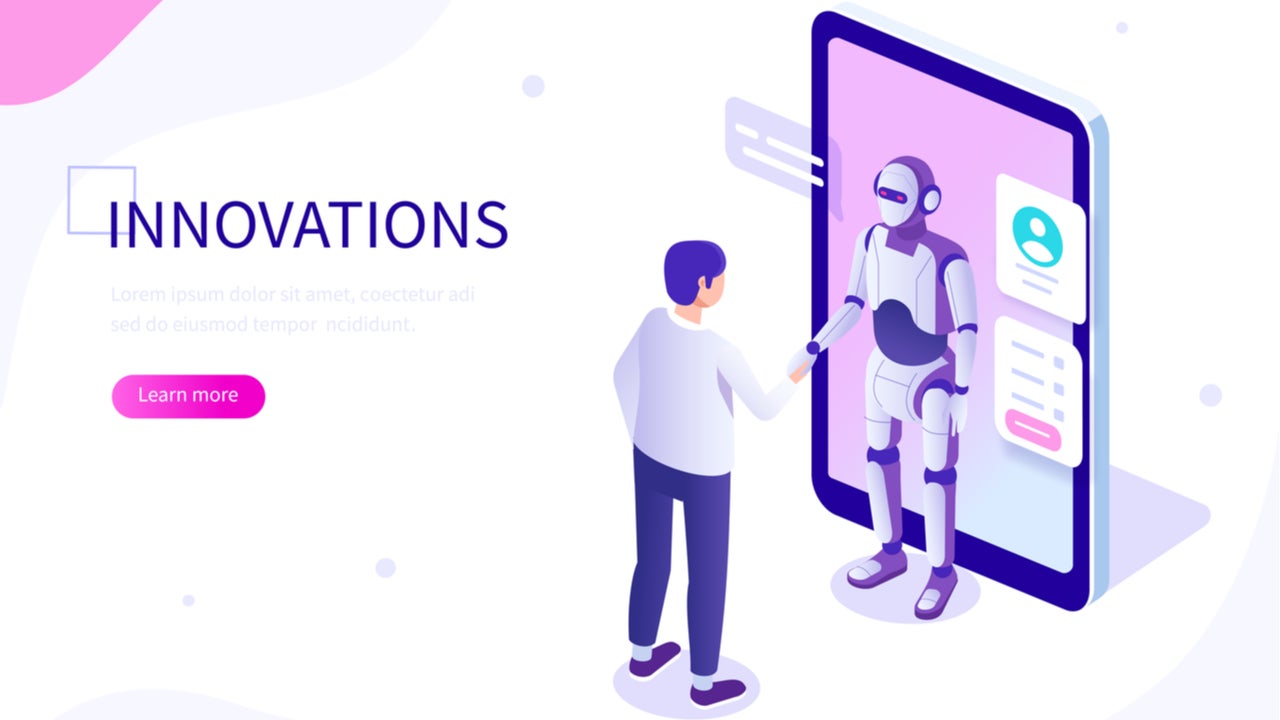
App modernization efforts derailed by the pandemic will only be rectified through AI-powered process automation, including new innovations which promise to unify various enterprise IT teams often at odds.
Living in an Amazon world, we’ve come to expect that all our user and customer experiences reflect the quick, in-and-out ease of use that we’ve become accustomed to. Unfortunately, enterprise IT hasn’t kept up in modernizing its backend content delivery systems to support a resilient user experience (UX), achieved through business and process digitization. Enterprises which are ill-equipped to operate in a way that supports a distributed, multi-cloud deployment model as part of continuous distribution must adapt or die.
Investment in workflow automation
Despite advancements in platform services and hybrid cloud that improve operational integrations of modern microservices and serverless app architectures, app modernization projects have stalled in recent years. The situation has been seriously compounded by the problematic business effects rising from the global coronavirus pandemic.
The operational response to continually updated distributed applications requires tremendous oversight and refactoring. As a result, the industry has seen a movement over the past year among a growing class of cloud and platforms providers investing heavily in workflow automation to ease the burden. New AI-powered solutions greatly reduce repetitive tasks and abstract the infrastructure elements involved with deploying, managing, and securing modern and refactored applications.
Intelligent workflow tools in IT automation
For a lot of companies struggling with how to get started in meaningful DevOps-related business transformations, intelligent workflow tools provide a solid starting point in IT automation. As companies move to digitize workloads and automate various processes as part of digital transformation initiatives, advanced analytics and observability innovations (such as process mining and task mining) are beginning to play an important role in identifying areas where inefficiencies may exist and improving business workflows within a CICD model.
Creating modern workflow processes has become complex due to increased volumes and sources of data, which must be appropriately connected and managed. Process and task mining technology is aimed at abstracting traditional operational provisioning associated with the costly and complex lifecycle of digitizing workloads.
How well do you really know your competitors?
Access the most comprehensive Company Profiles on the market, powered by GlobalData. Save hours of research. Gain competitive edge.

Thank you!
Your download email will arrive shortly
Not ready to buy yet? Download a free sample
We are confident about the unique quality of our Company Profiles. However, we want you to make the most beneficial decision for your business, so we offer a free sample that you can download by submitting the below form
By GlobalDataThis is achieved via insights and diagnostics into various backend systems, including pre-determined (and eventually self-learning) automation of problem remediation and policy controls. Solutions include standardization with leading systems and platforms such as SAP, Oracle, Workday, and Salesforce for end-to-end digital workflows.
Cloud integration
The cloud integration value chain is represented by the merging of transaction, workload, and data integration – a concept that’s been significantly enhanced over the past year through AI and automation to advance continuous integration under an evolving DevOps model. Modern apps are designed to flow through sophisticated pipelines involving an application lifecycle the likes of which have never before been in operation.
Those pipes will be further enhanced in coming months through evolving observability technologies, built on advanced concepts such as Prometheus and Grafana. The innovations address reliability issues well beyond traditional APM solutions not equipped to support the true cloud-native scalability stemming from high-speed data integrations.
Observability in particular appears poised to help bring together enterprise teams (applications, database, network/infrastructure) often at odds with one another due to competing agendas: keeping the network up and running at all costs versus establishing flexible platforms that speed innovation.







Related Company Profiles
Oracle Corp
Workday Inc
Amazon.com Inc
SAP SE
Salesforce Inc